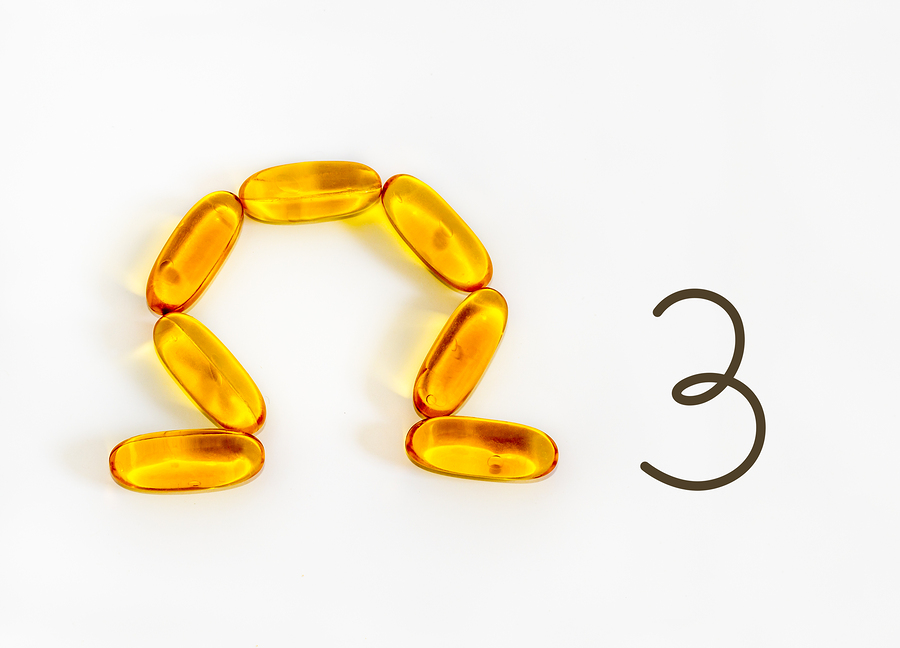Scientists have discovered a molecule with the potential power to treat insulin resistance and help to control type-2 diabetes. Even more, this natural molecule mimics some of the effects that physical activity has on the regulation of blood sugar levels. The molecule, a derivative of omega-3 fatty acids, was discovered by the team of Professor André Marette and other researchers including Phillip White and Philippe St-Pierre at the Université Laval Faculty of Medicine, the Institute of Nutrition and Functional Foods and the Quebec Heart and Lung Research Center.
The positive effects of omega-3 fatty acids have of reducing insulin resistance caused by a high saturated fat diet have been long established. Previously, André and colleagues had linked these beneficial effects to protectin D1, a bioactive lipid. They decided to further investigate this effect and learned that the release of interleukin 6 (IL-6), is promoted by a special molecule called protectin DX (PDX), which belongs to the same family as protectin D1. The Scientific Director of Université Laval’s Institute of Nutrition and Functional Foods explains the two ways that IL-6 controls blood glucose levels. Once IL-6 enters the bloodstream, it signals the liver to decrease the production of glucose. Also, it directly acts on the muscle tissue to further encourage the uptake of glucose. Basically, the natural molecule PDX raises IL-6 release, which then, in turn, lowers the levels in the blood. This could be very helpful in treating the spikes in blood glucose that are experienced in diabetic patients.
PDX seems to mimic the effects that physical activity has as it triggers the secretion of IL-6 in the muscles. However, it’s just as important to point out that André Marette warns against viewing IL-6 to be a substitute for physical exercise. Another researcher that is supported by the Canadian Institutes of Health Research and the Canadian Diabetes Association further adds that real exercise has cardiovascular benefits as well as hormonal benefits that go well beyond the metabolic effects it has on the muscles. Université Laval and Professor Marette have filed a patent application for the discovery of and the therapeutic applications of PDX. For the researchers, much is left to complete after discovering this special molecule. The next steps for them are to demonstrate PDX’s anti-diabetic effects in humans and to uncover the specific receptor through which PDX acts.
